Illustrator Daisuke Ichiba, the Herald of Japanese Counter Culture
The book ‘Daisuke Ichiba, l’art d’équilibrer les dissonances’ sketches a portrait of this artist who describes himself as a ‘painter of beauty.’
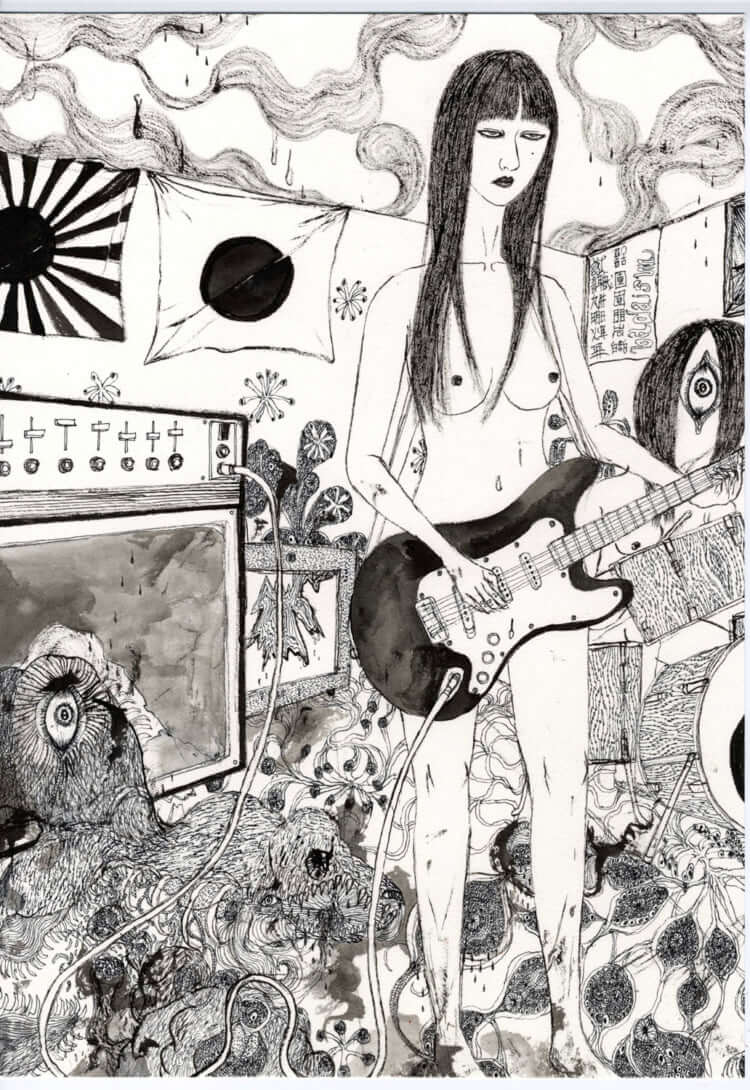
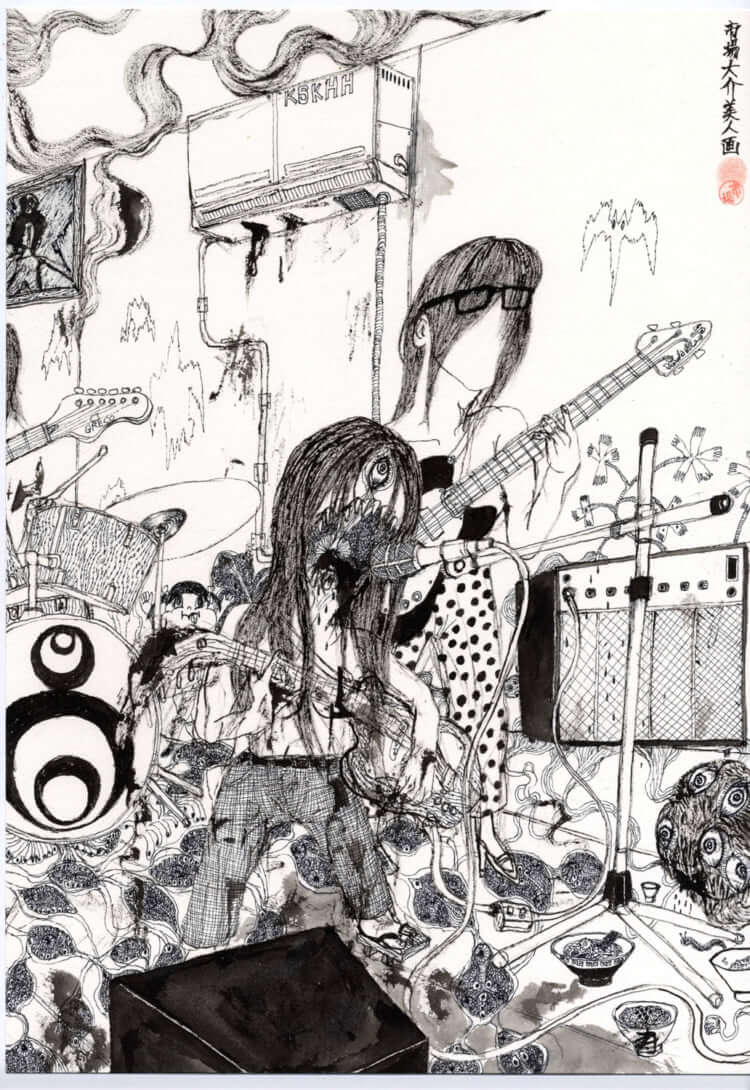
Daisuke Ichiba is part of a generation of artists who have been strongly marked by the golden age of manga. For years, he ran a second-hand store selling clothing and manga in Koenji district in Tokyo, while the pages of his own work are dedicated to otaku counter-culture. His heroine, a mysterious young woman wearing a pleated skirt, has an eye patch and a knife.
His work is tinged with melancholy, with an acute awareness of death and the evil that exudes from even the most innocuous scenes: a cannibalistic banquet with no visible food, a crime scene without corpses, or two lovers on a beach, with no clear indicators of the impending drama.
Morbid beauty
On the fringes of contemporary art, comic books, dark poetry, and noise art, Daisuke Ichiba describes himself as a painter of beauty (bijin-gaka). This beauty is often morbid, with one-eyed, emotionless schoolchildren and dead animals appearing side by side. For those wanting to gain a better understanding of this character, his art, and his outlook, the book Daisuke Ichiba, l’art d’équilibrer les dissonances, a fully illustrated trilingual edition in French, English, and Japanese, is an indispensable source.
Daisuke Ichiba, l’art d’équilibrer les dissonances (2017) is a book published by Arsenic Galerie.
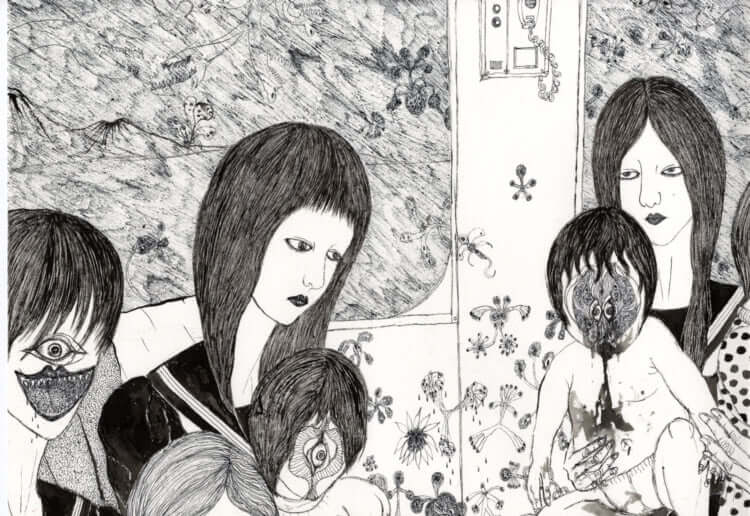
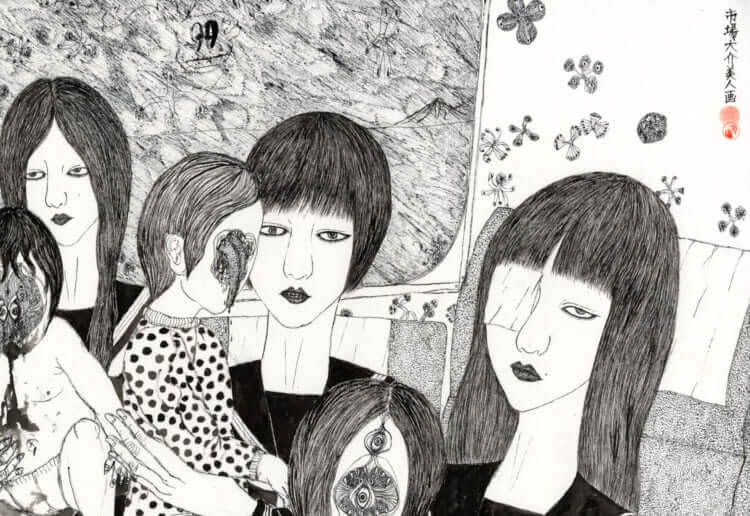
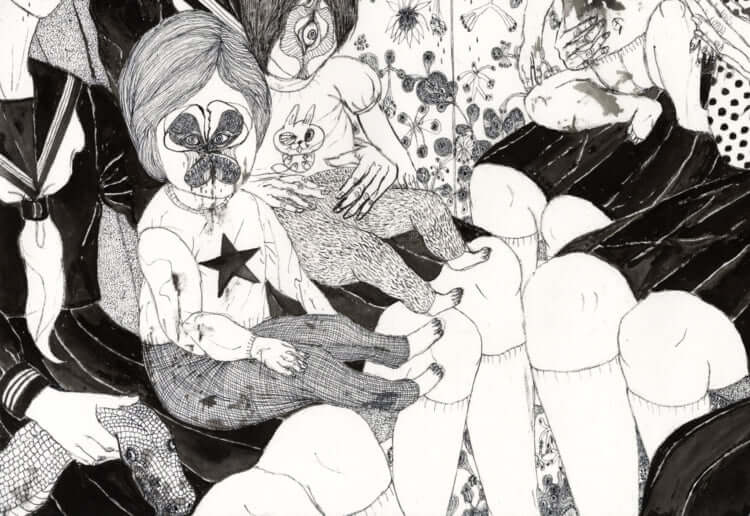
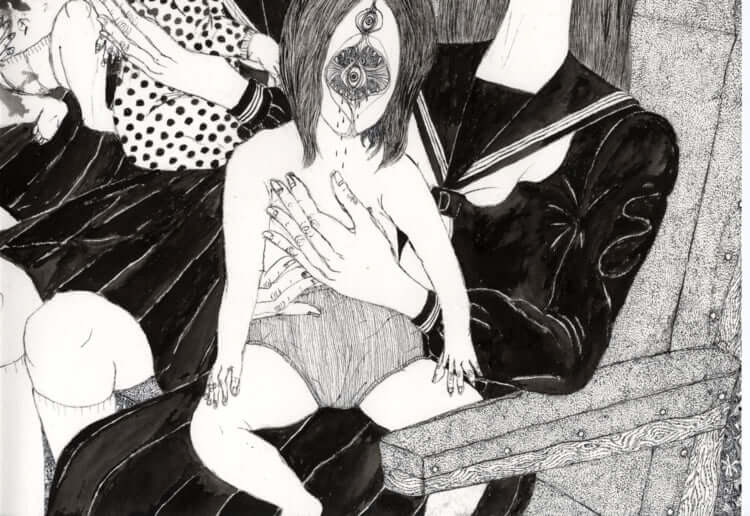
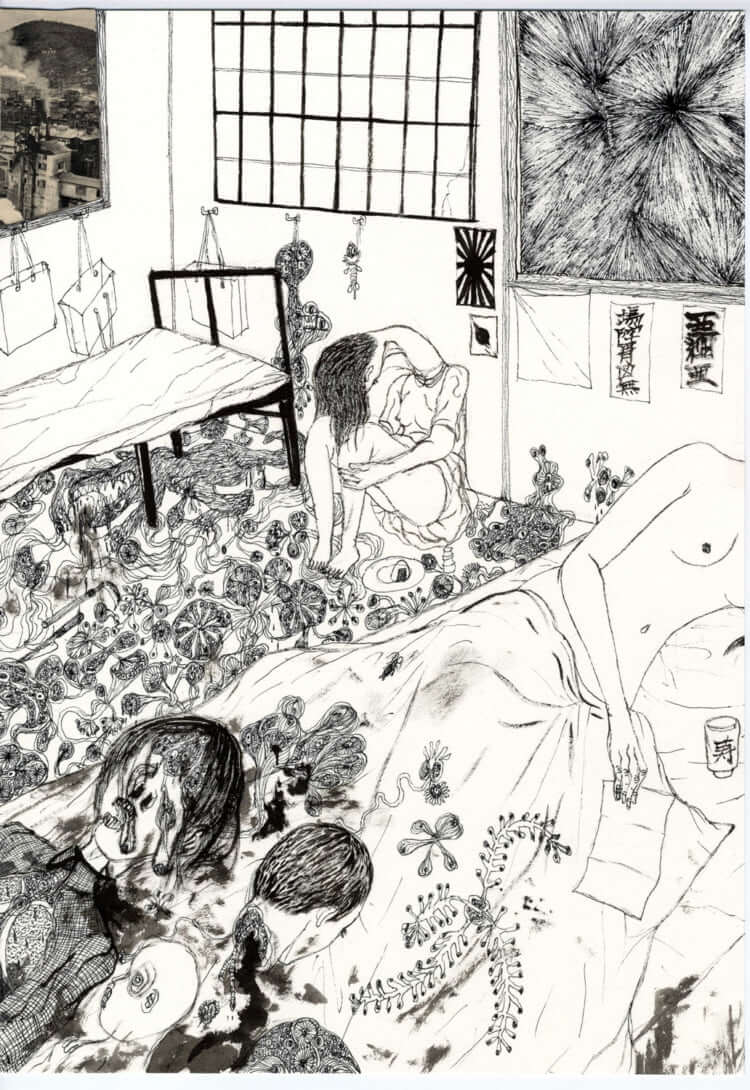
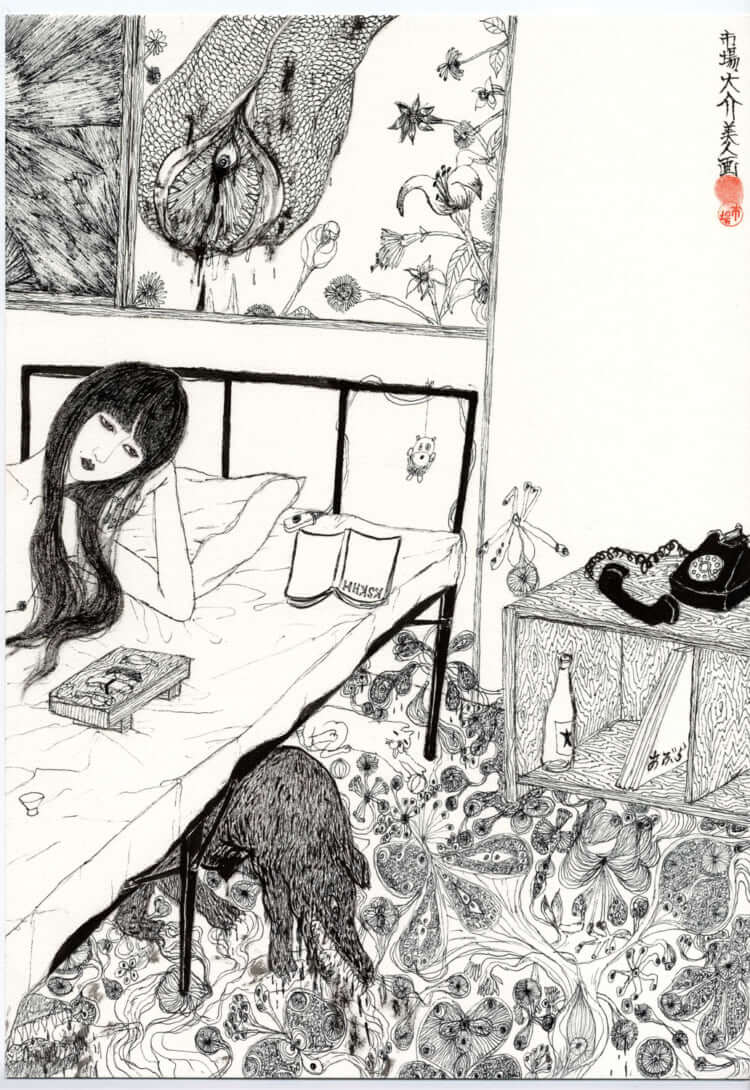
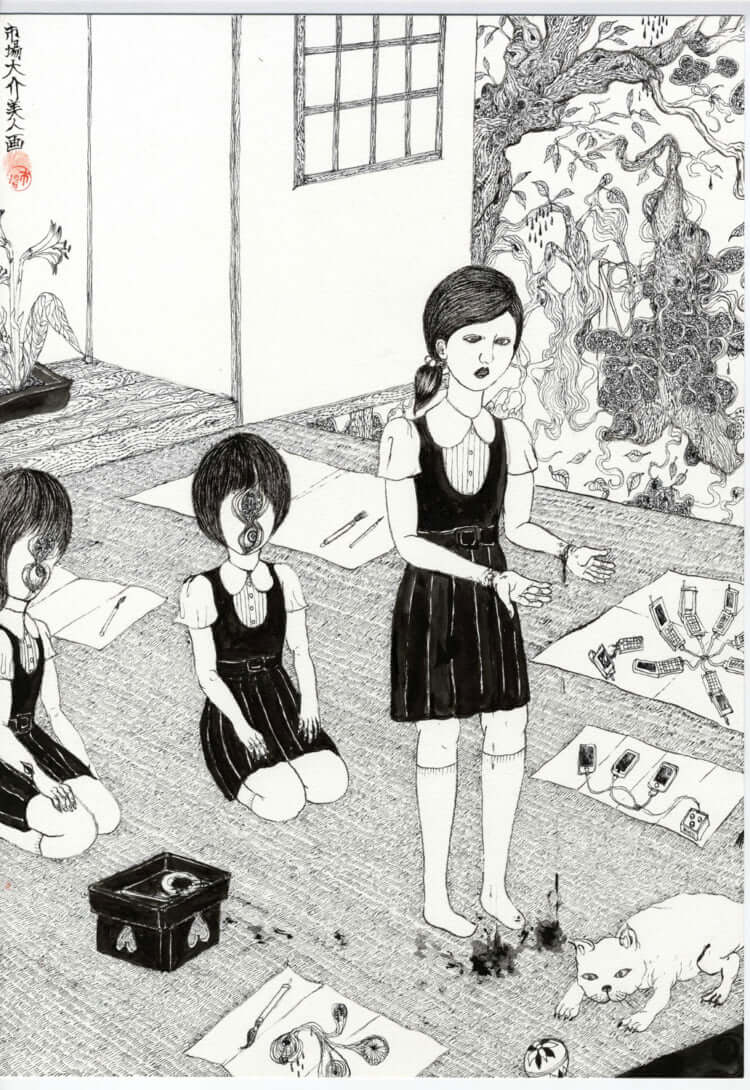
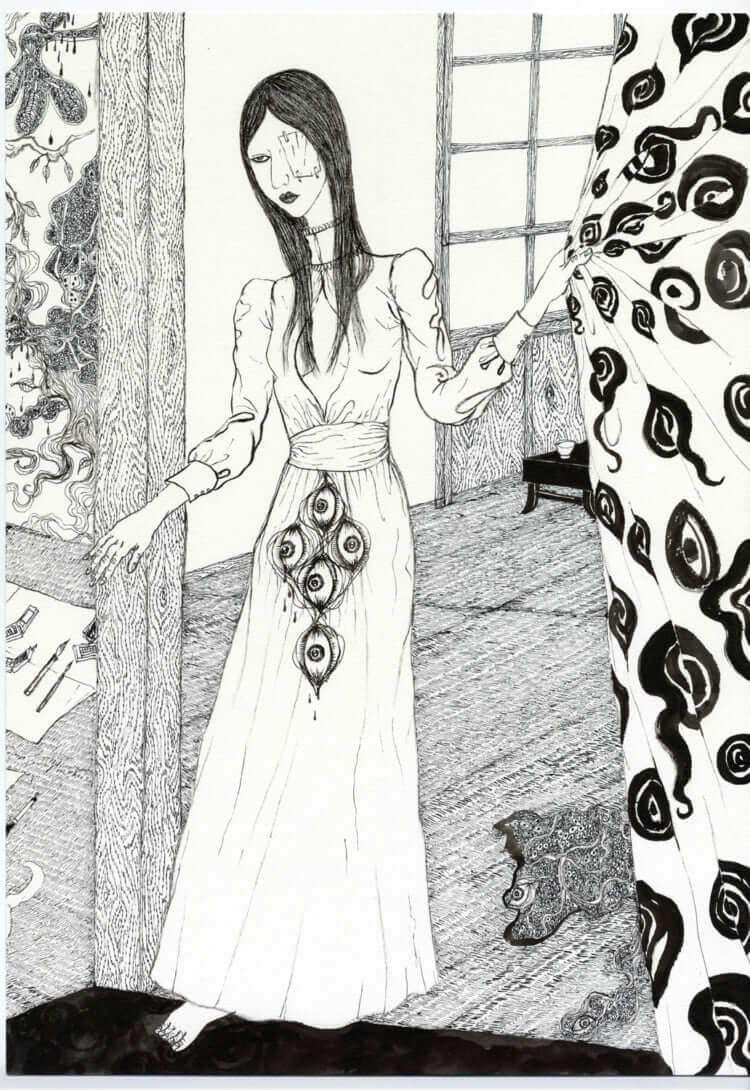
TRENDING
-
The Tattoos that Marked the Criminals of the Edo Period
Traditional tattoos were strong signifiers; murderers had head tattoos, while theft might result in an arm tattoo.

-
Paris, Tokyo: Robert Compagnon
With his co-chef and talented wife, Jessica Yang, Robert Compagnon opened one of the top new restaurants in Paris: Le Rigmarole.
 3:31
3:31 -
Chiharu Shiota, Red Threads of the Soul
Last year, more than 660,000 people visited the retrospective 'Chiharu Shiota: The Soul Trembles' exhibit at the Mori Art Museum.

-
‘Before Doubting Others, Doubt Yourself. Who Can Truly Say a Dish Isn’t What It Used to Be?’
In ‘A Non-Conformist’s Guide to Surviving Society’, author Satoshi Ogawa shares his strategies for navigating everyday life.

-
The Story of Sada Yacco, the Geisha who Bewitched Europe
Described by Dazed magazine as the first beauty influencer, she has been restored to her former glory since 2019.





